Beringia 15,000 Years Ago, by François Girard. COURTESY CANADIAN MUSEUM OF HISTORY, I-A-40.
There are two views of how the First People populated this land. Indigenous oral histories explain the sacred origins of humans on an island carried by a giant turtle. Archaeologists believe people crossed a land bridge that formed 30,000 years ago, linking North America to Asia. In this speculative rendering a family greets the hunters returning to camp in what is imagined to be the landscape of the time. Notice the tailored skin clothing that would have been essential for survival in such a cold climate. It is thought that such small groups of highly mobile big game hunters gradually spread out of Asia into the Western Hemisphere.
FIRST LANDING
Early Peoples
What You’ll Learn in this Section
The Mnjikaning Fish Weirs were built by Indigenous peoples around 3300 B.C. The weirs are the oldest man-made structure in all of North America. The fish weirs are a series of wooden stakes driven into the bottom of the lake, creating a trap for any fish that swam their way. Once trapped, the fish were easily harvested by Indigenous people canoeing near the fish weirs. The fish weirs are a creative response derived from intergenerational knowledge of blending culture and ecosystems with responsible, and sustainable behaviours — an important lesson for all peoples today.
Mnjikaning tells the story that you can fish in the same place for literally thousands of years, provided you do so sustainably. The bigger fish were let go, and what was harvested was not wasted. The fish caught were local, and sustainable, and the practices had little negative effect on the environment. Can you say the same about the natural sustainability of fish within the Great Lakes today?
The First Peoples of Misko-Aki
This land has been a lush source of food, animals, birds, and medicines for the Huron-Wendat, Anishinaabek, Haudenosaunee, and Métis peoples.
These Indigenous cultures enjoyed a worldview that connected them to the landscape in profound ways. The beaver, moose, deer, and a variety of fish sustained countless generations of families. Beyond that, these cultures shared a spiritual belief that the earth was alive and human conduct could affect the ability of the land to provide its sustenance, a belief that we can all learn from today as we face ecological uncertainty due to climate change.
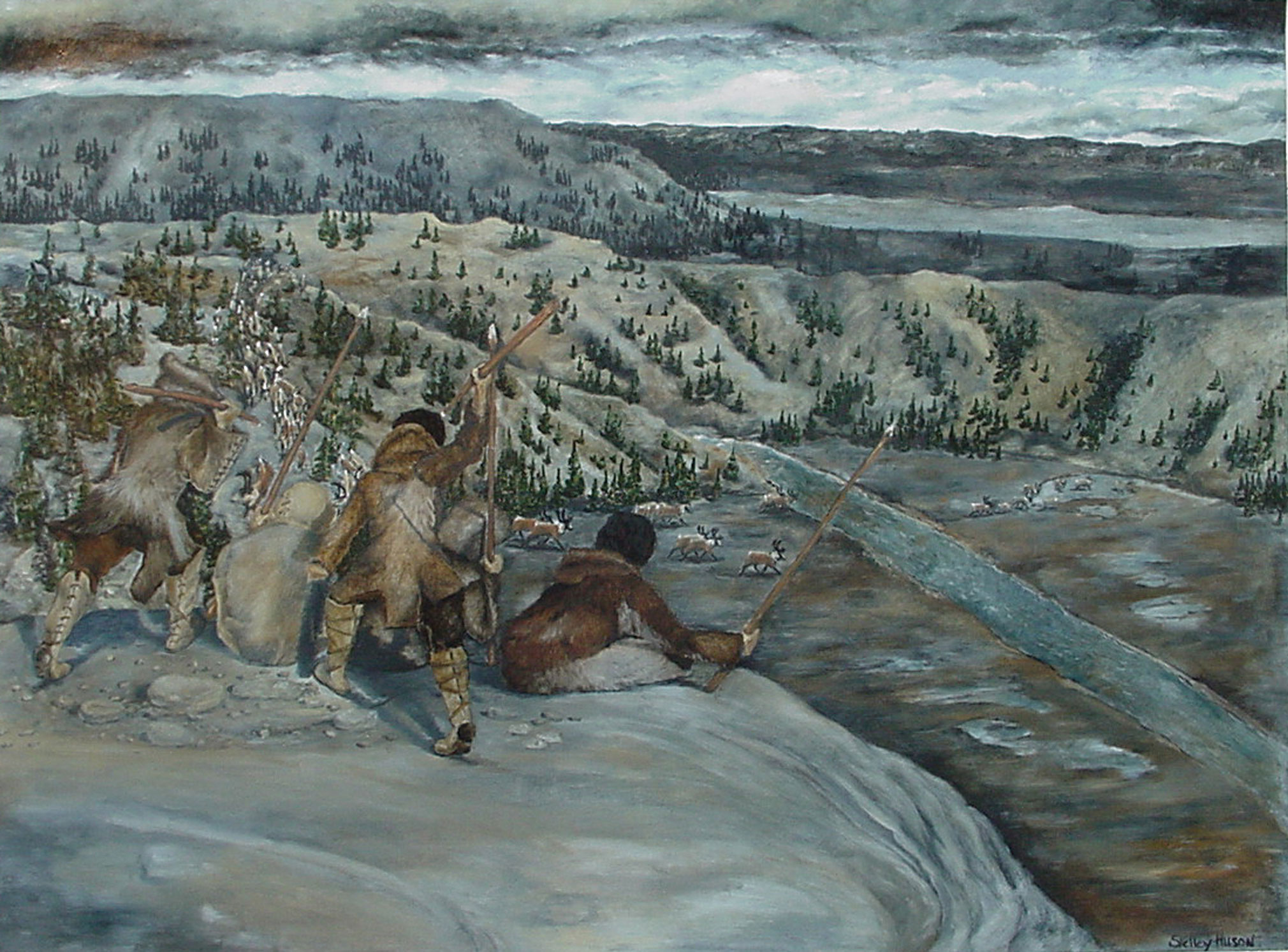
Misko-Aki As We Knew It
13,000 years ago, at the end of the last ice age, glacial Lake Algonquin occupied the Huron-Michigan and Simcoe-Couchiching basins with a beach and offshore archipelago where Highway 11 is today. Hunters of caribou and mastodon camped on this shoreline and travelled the river that once drained Lake Algonquin easterly into Lake Ontario through the Trent Valley. The climate continued to warm and, more than a thousand years later, Lake Algonquin drained to create a much smaller lake that lasted nearly 6,000 years. Indigenous peoples adapted to this changing landscape in many ways, as illustrated through their evolving toolkits.
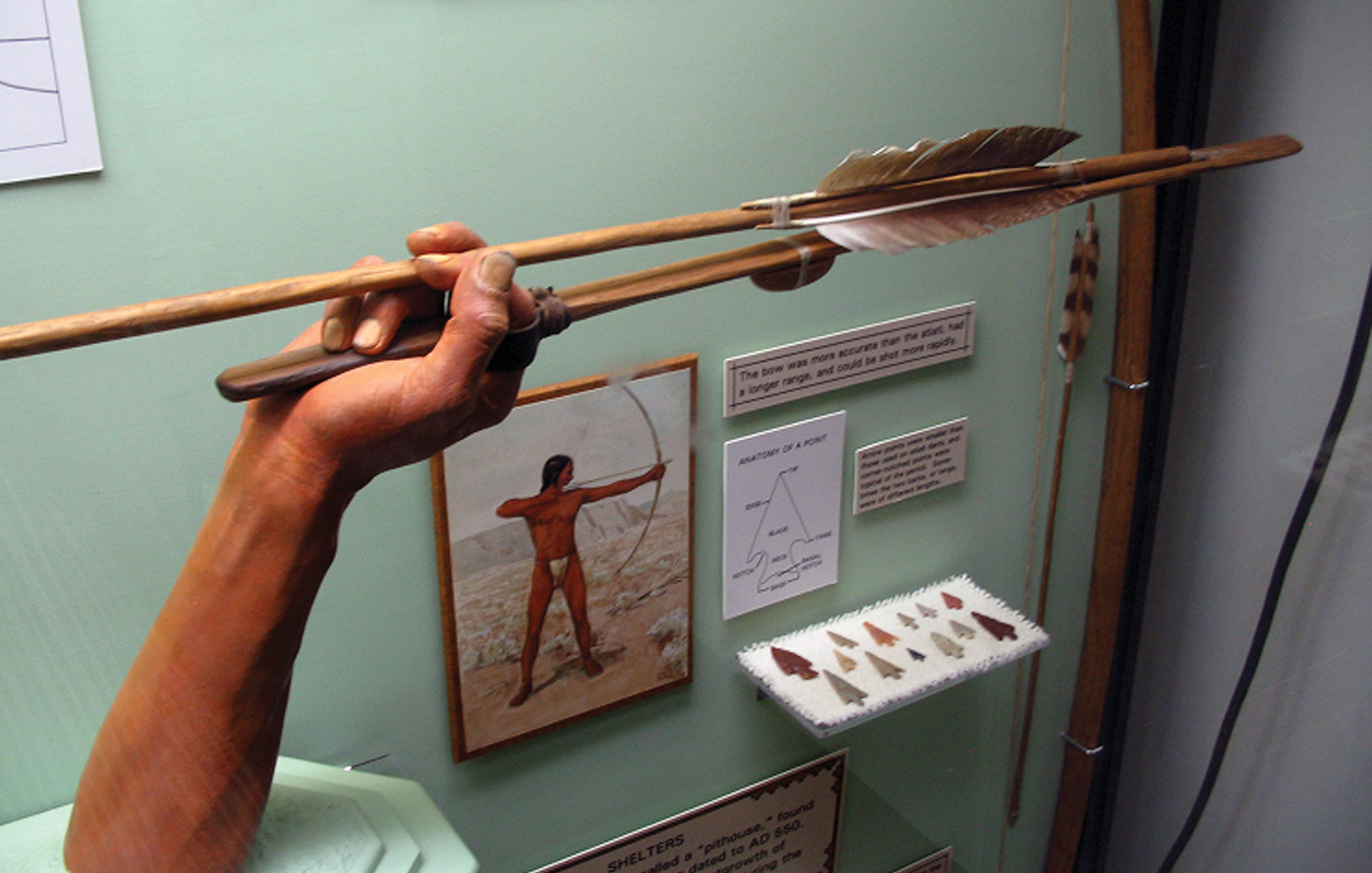
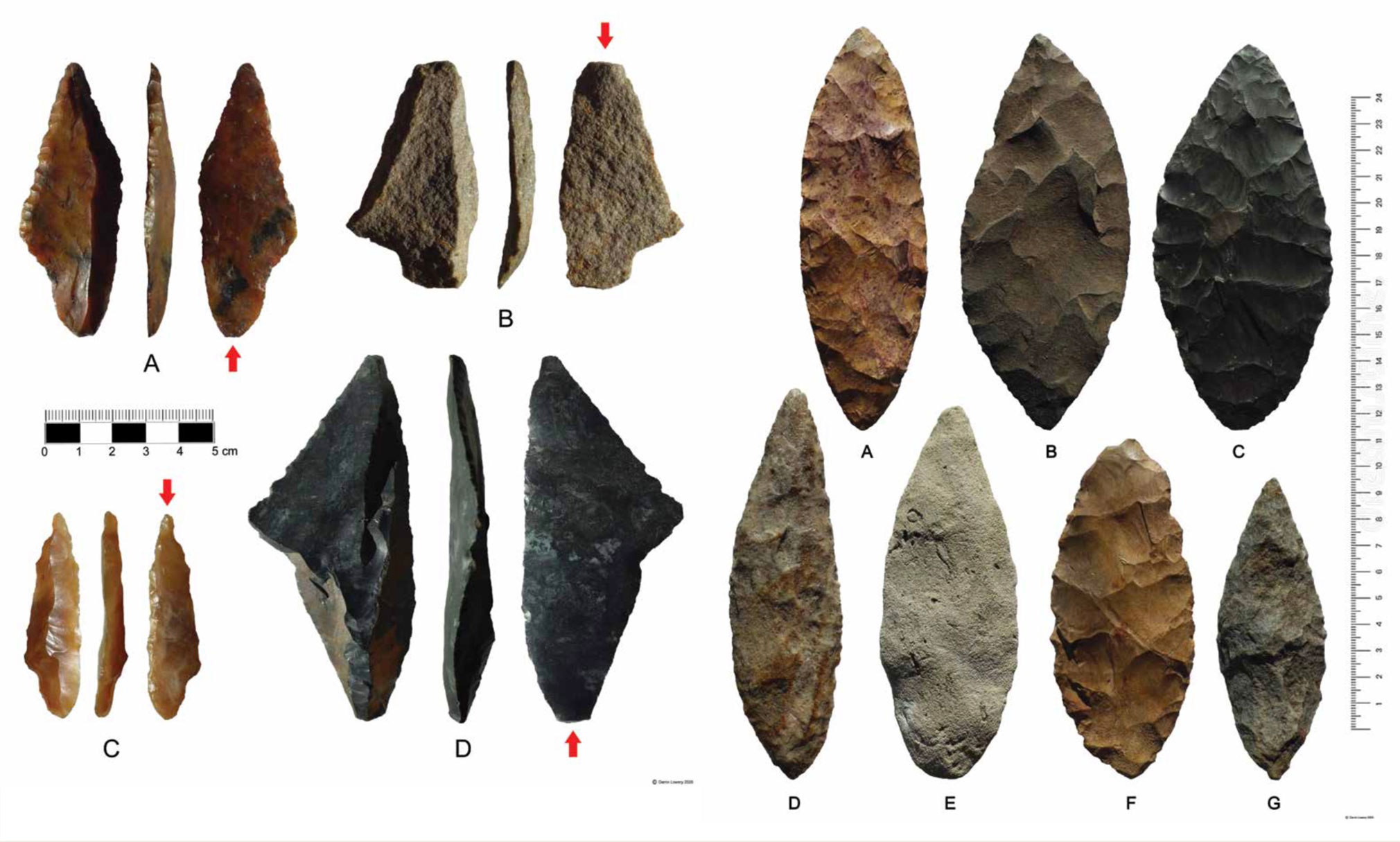
Many tools were made by flaking chert, a stone harder than steel yet brittle like glass. Points for atlatl darts or spears were replaced by much smaller arrowheads after about 2,000 years ago. Other formal tools include knives, drills, hide scrapers, gravers, burins, and wedges. Tools made by grinding include axes, gouges, chisels, mortars, pestles, and smoking pipes.
ICONIC OBJECTS GALLERY
Explore objects that reflect Misko-Aki’s ancient Indigenous history.
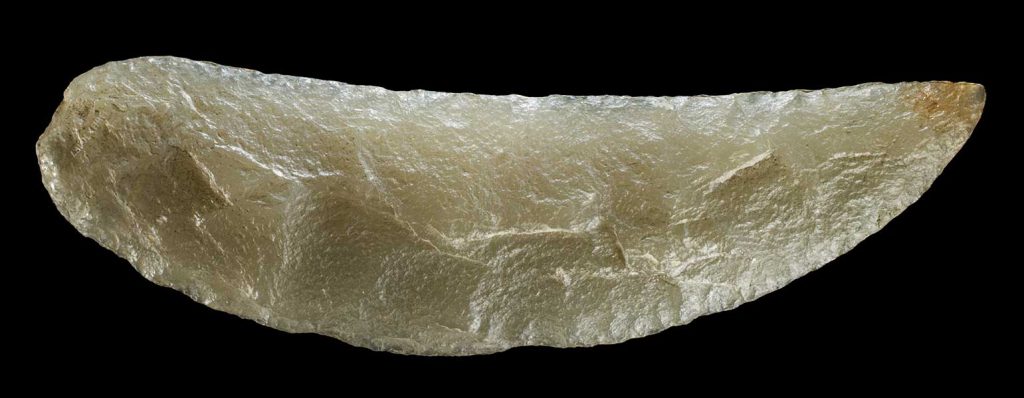
Mnjikaning:
The Place of the Fish Fence
For over 5,000 years, Indigenous peoples have utilized the fish weirs at Mnjikaning. Located at the Atherley Narrows, between Lakes Simcoe and Couchiching, the fish weirs are a series of wooden stakes driven into the bottom of the lake, creating a trap for any fish that swam their way into the weirs. Once trapped, the fish were easily harvested by the Indigenous peoples canoeing overtop of the fish weirs. We don’t know who originally installed the fish weirs, but they were used by the Anishinaabek, Huron-Wendat, and Haudenosaunee peoples throughout history. Today, the Chippewas of Rama First Nation are the stewards of the fish fence and the fish still spawn at the Narrows today.
Many people came to the Narrows and other lakes within Misko-Aki to harvest an abundance of fish. The Dish With One Spoon philosophy allowed for sharing of this great resource. Fish became an important staple in the diet of the Indigenous peoples of this region. Fish could be preserved in the sun or over a slow-burning fire.
The Mnjikaning Fish Weirs National Historic Site, near what is called Orillia today, still contains some of these ancient fish weirs. While no longer in use today, the fish weirs are a testament to ‘Indigenuity’ (Indigenous ingenuity), a creative response derived from intergenerational knowledge of blending culture, ecosystems, and responsible and sustainable behaviours.
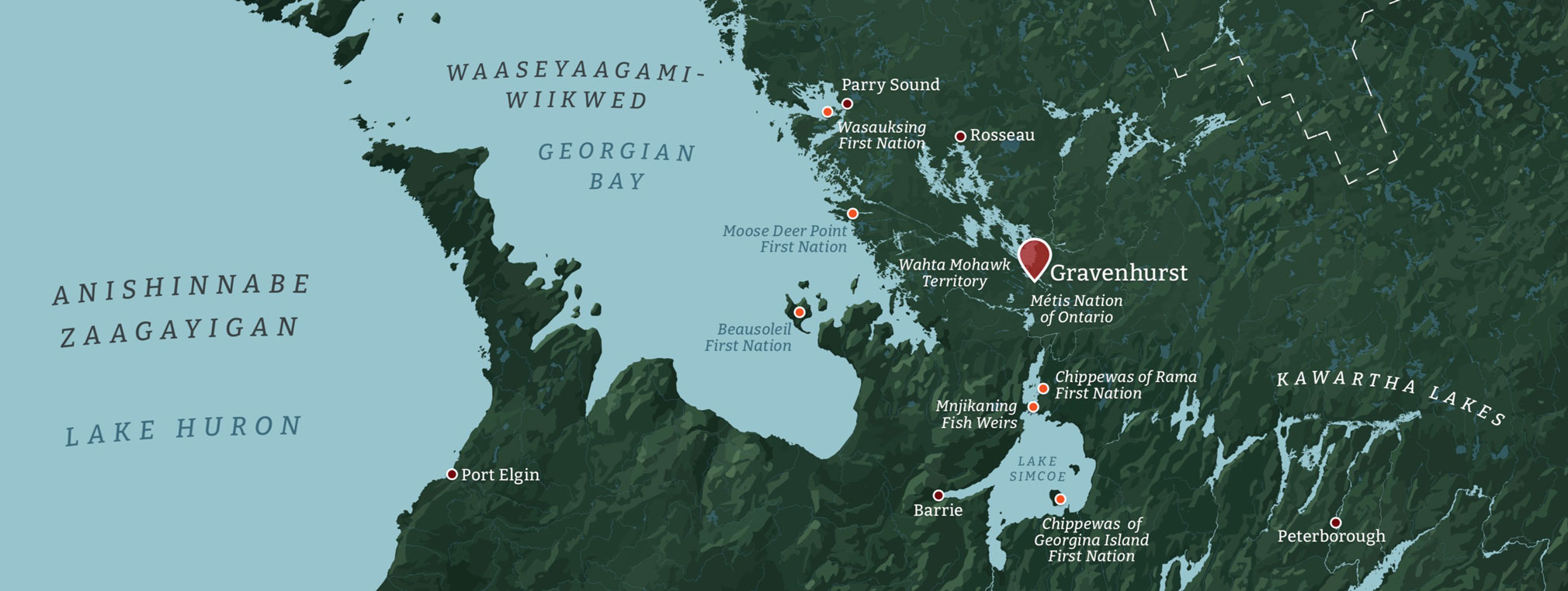
The Mnjikaning fish weirs fed Indigenous peoples for thousands of years. The fish were caught locally, sustainably, and with little negative impact on the environment. Can you say the same about the last fish you ate? Do you know where that fish came from, how it was caught, or even what kind of fish it was? Knowing where your food comes from helps you to make environmentally sustainable choices, address climate change, and support social justice.

Fish Weir Stakes: What you see before you are actual fish weirs from Mnjikaning – the place of the fish fence. Located at the Atherley Narrows between Lakes Simcoe and Couchiching, Mnjikaning is a 5000 year old fishing system which was used by Indigenous people up until the 1900’s. Remnants of Mnjikaning still exist at the Narrows today, and appear very similar to the ones before you. L023.10
“There is another lake immediately adjoining (Lake Simcoe) which is twenty-six leagues in circumference, draining into the small one through a place (The Narrows), where a great catch of fish is made by means of a number of weirs which almost close the strait, leaving only small openings in it in which they set their nets in which the fish are caught; and these two lakes empty in the Freshwater Sea (Lake Huron).”
— Samuel de Champlain noted in 1615 the Huron-Wendat fish weirs that have become known by the Anishinaabe name Mnjikaning.
Do you know where your fish comes from?
Fishing via spear and weir
was banned by British authorities in the 1850’s, in part over a concern of overfishing and that somehow it gave an unfair/unethical advantage to the Indigenous fishermen. Mnjikaning tells the story that you can fish the same place for literally thousands of years, provided you do so sustainably. The bigger fish were let go, and what was harvested was not wasted.
What fish should I eat?
Yes! Perch are relatively easy to catch, even for kids, and their white, flaky meat is tasty. Yellow perch are found throughout Ontario.
No! Caught thousands of miles away using large trawling vessels, pollock fishing often results in large-scale unintentional collection of other species known as “by-catch.”
Yes! Spring is a good time to fish for crappie in this region. It is great baked or fried.
No! This fish has often travelled to Ontario over many months and many miles before making it to your plate. It has a high carbon footprint and may have been treated with chemicals to preserve it.
Yes! This cold-water fish is native to Ontario, is delicious fresh or smoked, and has supported Indigenous communities for millenia.

7 GRANDFATHER TEACHINGS
During a time of great difficulty for the Anishinaabek, the Creator appointed the Seven Grandfathers to watch over the people. They sent a messenger named Shkabwes to find a suitable person to instruct.
Shkabwes only found a newborn that was not corrupted. When the boy was old enough, the Seven Grandfathers shared their teachings and directed him to tell the people.
The Seven Teachings of the Grandfathers taught the Anishinaabek how to live and interact with the natural world, the delicate balance of life and good manners in harmony with the land. Instilling these beliefs and values in young children helps them overcome difficult life challenges.
We will encounter all of the Seven Grandfather Teachings throughout this exhibition. They are:
1st Gift: Nibwaakaawin (Wisdom)
2nd Gift: Zaagidiwin (Love)
3rd Gift: Minwaadendamowin (Respect)
4th Gift: Zoongide’ewin (Bravery)
5th Gift: Gwayakwaadiziwin (Honesty)
6th Gift: Dabaadendiziwin (Humility)
7th Gift: Debwewin (Truth)
Love
Love means loving oneself and all of Creation, humans and non-humans. To love is to know peace.
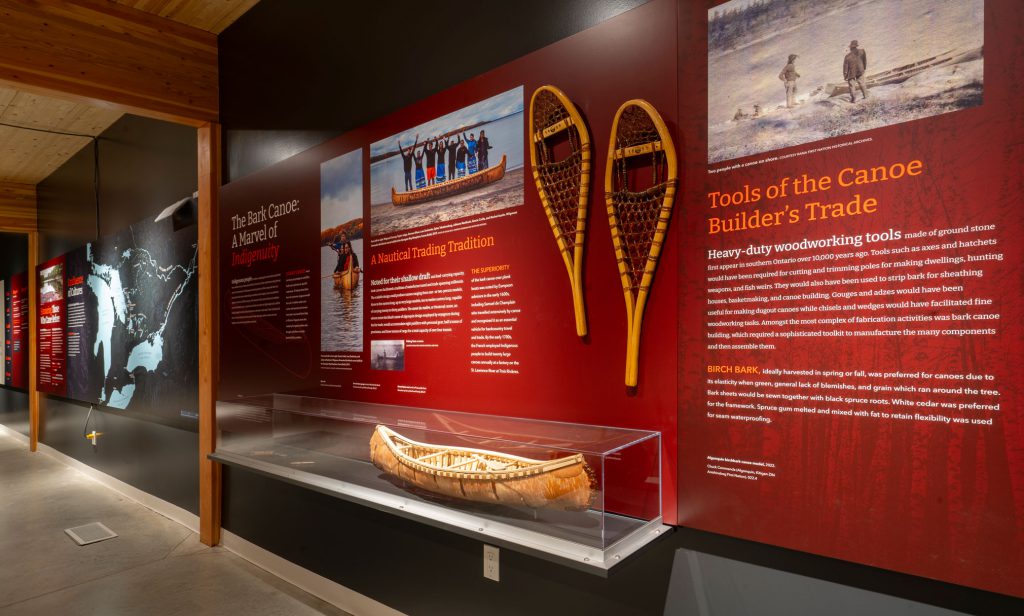
Are You Ready to Experience Misko-Aki in Person?
Visit the Muskoka Discovery Centre to explore Misko-Aki as well as our many other immersive exhibits, programs and activites.
Purchase Tickets



